Online space is critical for real estate: Smeeta Neogi, Mahindra Lifespaces
The real estate industry is not only one of the fastest growing sectors in India, but is one of the largest employers too. In fact, this ever green sector is the second largest employer after agriculture in India and according to an IBEF report, it is slated to grow at 30 per cent over the next decade.
With the advent of corporate environment and increased demand for office space, the sector is expected to boom after the recent slowdown. The sector, which is expected to reach $180 billion by 2020, saw an increase in PE inflows and deal sizes in the year 2015. Real estate is currently the fourth largest sector in the country in terms of Foreign Direct Investment (FDI) inflows and the housing sector contributes around 5-6 per cent to the GDP.
In conversation with Adgully, Smeeta Neogi, VP - Marketing, Mahindra Lifespaces, speaks at length about how the real estate has evolved in India, the key growth areas, how e-commerce is changing the industry dynamics and more. Excerpts:
Adgully (AG): How has marketing in the real estate space evolved over the last five years?
Smeeta Neogi (SN): Home buying is often once-in-a-lifetime experience. It is also the most expensive transaction for a family, be it as an investor or an end-user. Today, real estate buying is considered to be a decision that involves significant amount of information gathering, whether it is from the Internet, friends and relatives, brokers, or knowledgeable people. Hence, it is important to reach out on a continuous basis not only to the end customer, but also the influencers; to communicate the brand and product advantages, in an innovative manner. Tried and tested media such as print and outdoor are critical for brand awareness, but it’s critical to reach out to influencers on market growth, ROI and product appreciation, besides all aspects of the actual product.
The product experience is another critical aspect – for both on site and off site visits. Hence, engagements through experience centers, highlighting locational advantages, giving a taste of the product through actual sample flats are drivers of decision making.
E-commerce has been a game-changer, wherein investors are willing to take decisions based on special pricing or payment offers. However, it must be noted that the category is a considered decision, so while an initial blocking amount is charged in the e-commerce space, the final transaction is most often completed at site. Hence, the onsite experience, including customer conversations with the sales team, is critical.
AG: What kind of challenges do you come across while working on your communication plan?
SN: Real estate is one of the largest spenders on print and outdoor across the country. There is clutter and continuous communication. The dilemma of how much or how little is one of the continuous challenges in any communication plan. This is relevant not only for traditional media, but also in the digital space, as also for activation. People are constantly searching and the competition is not only with direct competitors, but also with e-commerce and aggregator sites that bid for the same key words to ensure search-based visibility.
Newer ways of communication are critical and we find that direct, one-to-one communication often works much better, especially in the case of premium and luxury projects.
AG: How has your experience helped in tackling your responsibilities at Mahindra Lifespaces?
SN:Creating customer awareness and drivers for purchase continue to be at the core of any marketing initiative; hence, working on customer insights and market knowledge have formed the backbone not only in building buzz and interest around product, but also in the designing of new products as we expand into newer micro markets and reach out to newer target audiences. Any marketing professional’s primary objective is to connect the customer to brand and product, and this holds true for real estate too – only the tools and tactics would vary. In this world of constant transformation, it’s critical to be alive to changing market practices and to be able to drive newer trends.
AG: What are the trends that you see in the market?
SN:It’s the age of information and in a high involvement category like real estate where investments are very high, customers seek constant reassurance that they are making the right decisions. The online space is very critical in this category where a lot of search is executed. E-commerce has emerged as another channel of booking and sales. Engagement is gaining traction and people connect with other people, both known and unknown, not only to enable them to make the right choice but also to share positive and negative feedback and experience. It’s a world of conversations taking place through apps, blogs and other social media platforms and it’s critical to partake in these conversations.
AG: How are you adapting to the needs of emerging consumers? What are the unique initiatives that Mahindra Lifespaces has undertaken to connect with the consumers?
SN:Customer insight feeds into the new product development process and coupled with innovation and detailing in design, allows us to create unique offerings for our potential customers. Partaking in exhibitions and continuous dialogue with multiple partners and stakeholders also enables us to stay up-to-date with the latest in construction and design technology which we can use to offer customers best-in-class products.
Consumers today are becoming more environment conscious. At Mahindra Lifespaces, we have defined our path in the last decade of creating green and healthy developments, of focus on working with the communities around us, and building for the future by giving back to the environment what we take from it. This has allowed us to be relevant to an increasingly environment conscious customer.
The Internet has emerged as a core focus area for Mahindra Lifespaces, both from the perspective of generating leads and connecting with customers. There’s a continuous focus on transparency and on providing customers with as much information as is possible, in order to enable easier decision making. Real estate is a long gestation product and our endeavour is to constantly engage with consumers and keep them aware not only of progress in projects (via newsletters), but also changes in market practices relevant to them, especially with respect to the regulatory and taxation environment. We are completely transparent in our processes and only launch a product once we have all requisite approvals in place.
AG: What are the two things that you keep in mind while working on your advertising strategy?
SN:The crux of our strategy is key messaging to be delivered innovatively, yet simply. Also, to be relevant to our potential customers.
Typically, what’s the media mix like?
SN:We use a combination of mass media (including print, outdoor and radio) supported by on ground activation as relevant. This is supported on a continuum by active presence in the digital space.
AG: How important is digital and social in your media mix? What role does digital actually play?
SN:Digital/ social is very important and a medium we cannot do without. The digital space is extremely interesting; one can carpet bomb to create awareness and reach like-minded customers. It allows you to reach individuals even on a one on one basis. So, depending on the marketing strategy, it can be customised to suit specific requirements – be it market, or product, or a product life stage. Social media, on the other hand, is an avenue for two-way conversations and in the connected world, it’s critical to both listen and be heard.
AG: What is your typical brief to an agency?
SN:The brief to the creative agency will vary depending on the need that has to be addressed and could be a small festive greeting, to a campaign, to a brand building exercise.
(Ogilvy is the creative AOR, while Lodestar UM is the media agency)


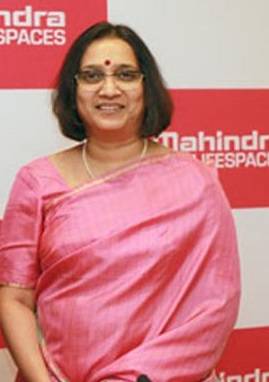
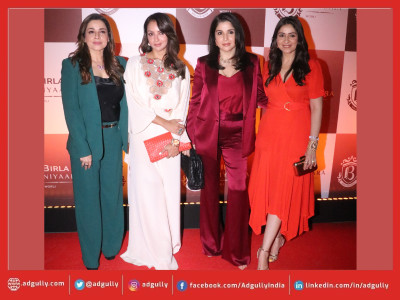

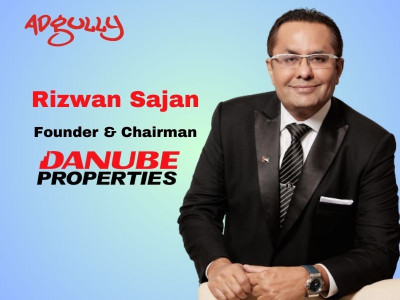
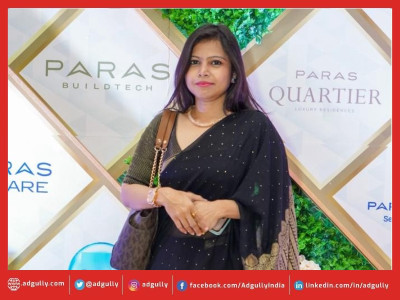

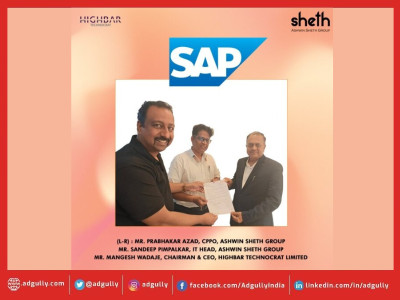
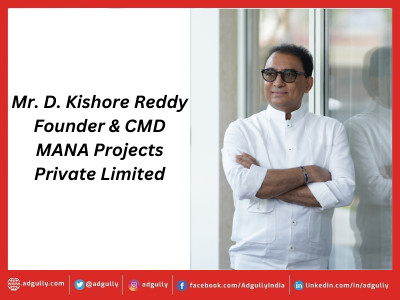


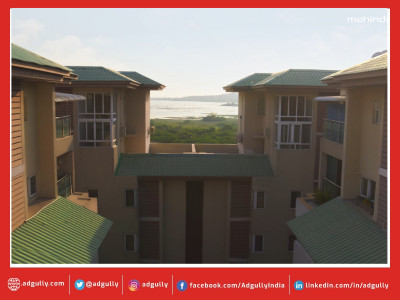
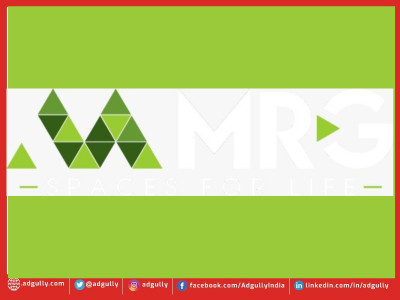



Share
Facebook
YouTube
Tweet
Twitter
LinkedIn